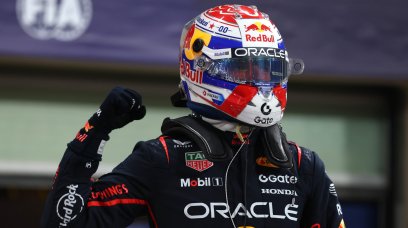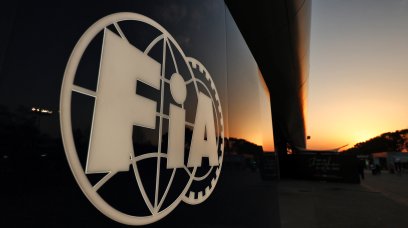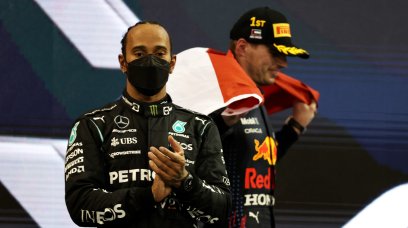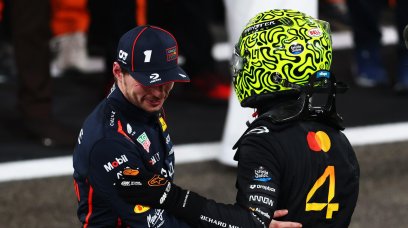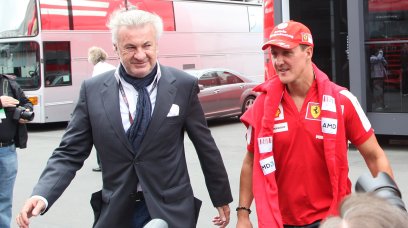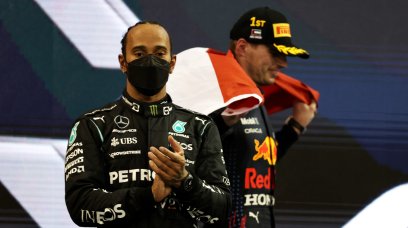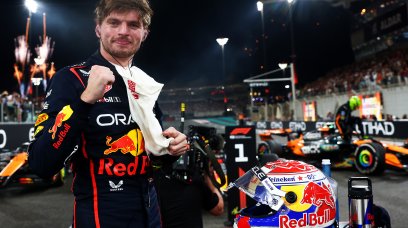Mercedes have spoken of how the porpoising they struggled with in 2022 was "breaking" their car's engine. One of the biggest statistics to come out of the season has been the reliability of both of the team's cars; out of the 22 races on the calendar, there were only two retirements between George Russell and Lewis Hamilton. This is all the more remarkable given that the W13 suffered the most from the aerodynamic porpoising, which plagued Mercedes at the start of the season. Speaking in the team's season review video with Managing Director of High Performance Powertrains, Hywel Thomas, team boss Toto Wolff discussed the impact that bouncing was having on the reliability. "We came out at the beginning of the season with some wobbles on the power unit, we didn't like certain aspects of the deployment or the drivability of the power unit," said Wolff to Thomas. "Whilst in the frozen environment, you and your team were able to really add on performance, cope with the difficult environment of a bouncing car that was breaking the engine. "Still, we were super reliable, and the engine was performing very well towards the middle of the season and the end."
'It was becoming clear that the engines were taking a hell of a pounding'
The power unit regulations have been frozen until 2026, with teams restricted to only introducing upgrades that improve reliability. Mercedes elected to go for a big development programme throughout the winter break before then introducing smaller upgrades throughout the year, according to Thomas. "We had a really big development program over the whole of last year and through that winter," he said. "Just trying to make sure we landed that was a real big effort, a really, really big effort." He added: "We've described from the PU how we were trying to add performance throughout the season by small gains at pretty much every event." Thomas admits that the data from the car showed how the bouncing was affecting the power unit components as much as the drivers. "It was becoming very clear that the engines were taking a hell of a pounding," he explained. "It's quite a surprise to see exactly how hard they're being hit by the ground. "When you see Lewis and George looking a bit uncomfortable getting out of the cars, the PU's were doing much the same."
Most read
